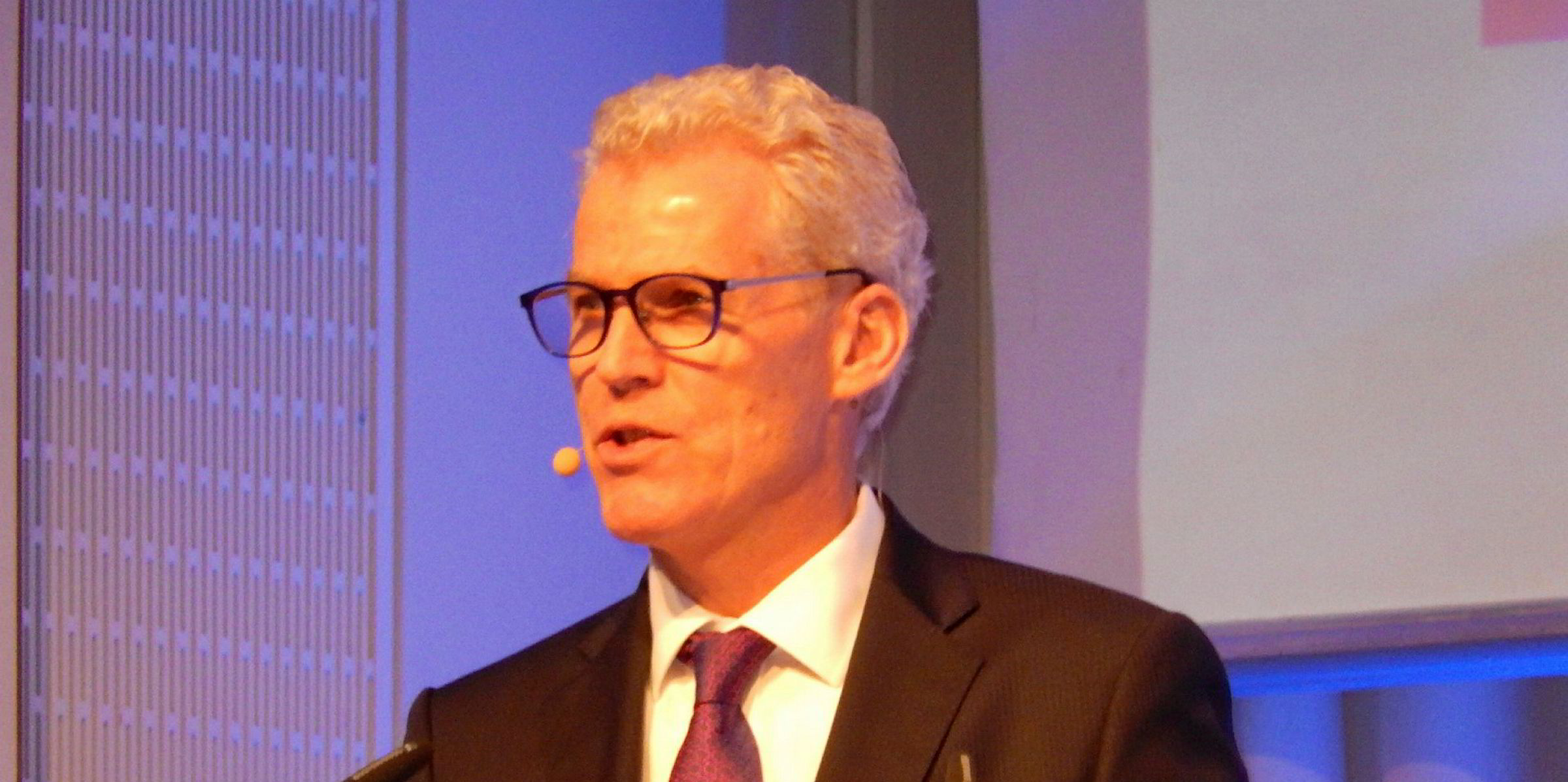Drewry is forecasting deteriorating demand figures for containerships over the next five years.
The consultancy said the "mood-music" surrounding the sector has worsened since the summer.
Drewry now expects global port throughput to rise by 2.6% in 2019, down from the previous 3% expectation.
“The weight of risks pressing down on the container market seems to be getting heavier by the day,” said Simon Heaney, senior manager of container research at Drewry.
“The situation has been exacerbated by a brace of new problems that cloak the market in further layers of concern and uncertainty over those that previously existed."
The company added that the stream of negative news could create a self-fulfilling prophecy that might run contrary to the facts on the ground.
First-half port statistics were reasonably strong and consumer demand had been fairly resilient, it added, but some key indicators have more recently taken a sharp decline.
Heaney said there is still no clear guidance on just how much additional cost IMO 2020 low-sulphur fuel requirements will dump on to the industry.
And the recent drone attacks on Saudi oil facilities muddied the waters when it caused oil prices to spike, he added.
$1bn bill coming due
Drewry’s current estimate is that operators are going to be faced with a $1bn next year as vessels switch to more expensive low-sulphur bunkers.
The degree of compensation that carriers receive from customers will dictate the level of supply disruption next year, it added.
“Our working assumption is that carriers will have more success in recovering that cost than previously, to the point that there will be no major disruption to supply,” said Heaney.
“However, if they fall short by a significant margin we think that lines would quickly dust off the decade-old playbook that was used to see them through the global financial crash. There will be much less focus by carriers on service quality and more on cost-cutting."
Lines will try to protect cash flows by restricting capacity as best they can, through a combination of measures, including further slow-steaming, more blank sailings, and off-hiring of chartered vessels, Heaney added.
Failure to recoup costs could also lead to more scrubber fittings — and higher rates of scrapping.
And it could re-balance the industry very quickly, Heaney believes.
"The worst case scenario, when most shipping lines cannot operate close to breakeven and some potentially face bankruptcy, would actually be a far quicker route to re-balancing the market than the current plodding track," he said.






